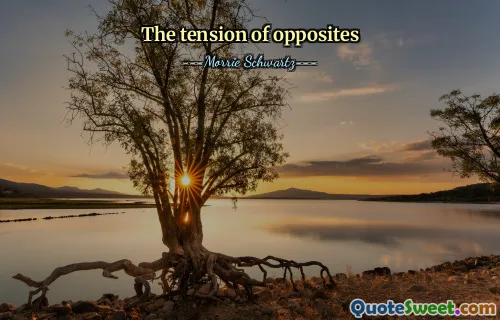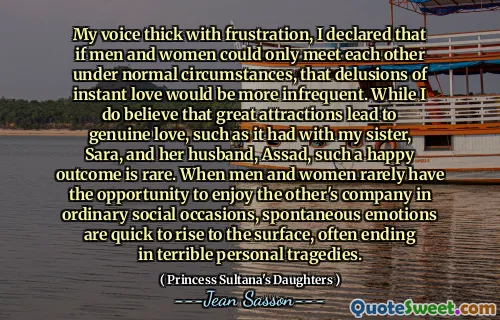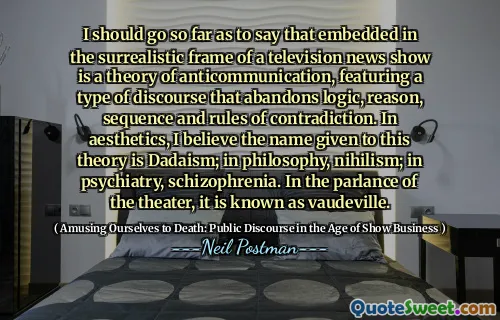
Does art have a future? Performance genres like opera, theater, music and dance are thriving all over the world, but the visual arts have been in slow decline for nearly 40 years. No major figure of profound influence has emerged in painting or sculpture since the waning of Pop Art and the birth of Minimalism in the early 1970s.
The quote raises an important question about the future of art, highlighting a noticeable divergence between different artistic domains. Performance arts such as opera, theater, music, and dance appear to be experiencing vitality and growth globally, which suggests that these forms retain a strong connection with contemporary audiences and cultural relevance. Their immediacy, live nature, and dynamic engagement may be factors contributing to their ongoing appeal. Conversely, the visual arts—comprising painting, sculpture, and other physical mediums—are portrayed as being in a prolonged period of stagnation or decline over the past four decades. The mention of the waning influence of major figures following the peak periods of Pop Art and Minimalism illustrates a perceived vacuum in groundbreaking leadership or innovation within traditional visual art forms. This situation invites us to consider whether the advent of digital technology, shifts in cultural consumption, and changing aesthetics have contributed to this trend. It also prompts reflection on whether the visual arts are evolving into new territories that are perhaps less visible or more fragmented than before. Furthermore, the statement encourages us to analyze how art history progresses and how influence is measured, questioning whether truly influential figures are still emerging or if the paradigms of artistic greatness have shifted. The future of art may depend on reconciling these differences, embracing new mediums, and fostering innovation across all disciplines. Recognizing that different genres flourish or fade based on cultural contexts and societal needs can help us appreciate the complex landscape of contemporary art.










